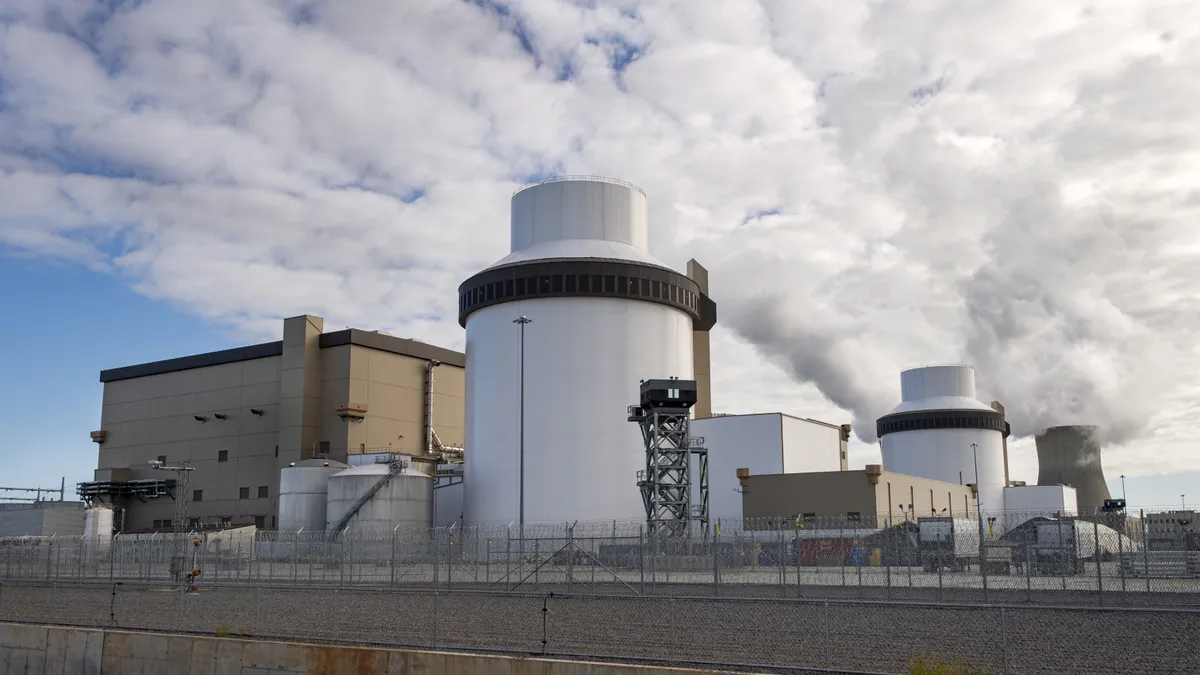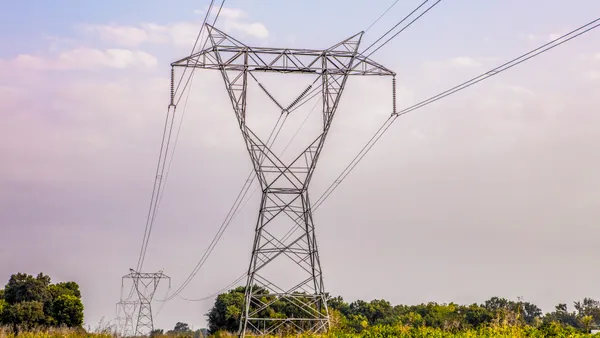Dive Summary:
- Despite increased awareness of the benefits of integrating geographic information system (GIS) tools with smart grid applications, utilities have been limited in their pursuit of this endeavor.
- An increasingly mobile workforce is a major contributing factor to this new push toward GIS integration, as approximately 60% of all utility employees work in the field, allowing for much more accurate and frequent updates of geographical data.
- Pike’s Chief Research Director Bob Gohn says that GIS incorporation is a “mission-critical requirement” of a successful smart grid system.
From the article:
While utility executives increasingly understand that geospatial data is critical to the future successful operation of the smart grid, the integration of geographic information system (GIS) tools and services with smart grid applications, such as supervisory control and data acquisition (SCADA), energy management systems (EMS), outage management systems (OMS), and distribution management systems (DMS), has been limited to date. According to a recent report from Pike Research, a part of Navigant’s Energy Practice, that will change rapidly over the next five years, as the penetration of GIS into these smart grid applications accelerates. ...













